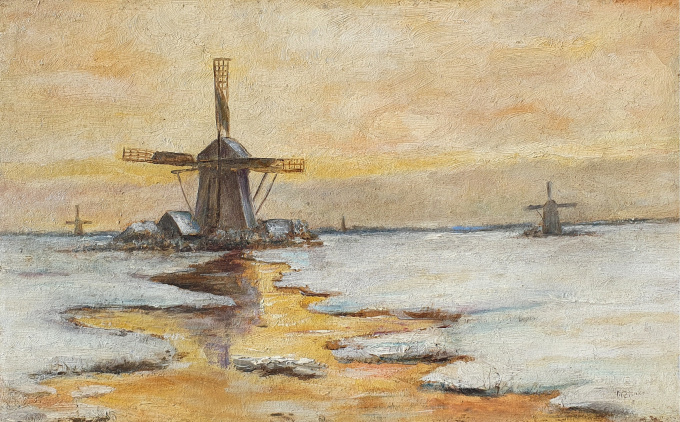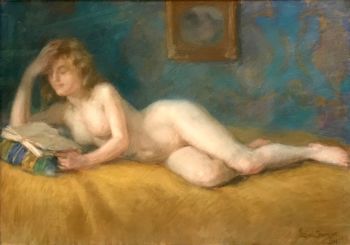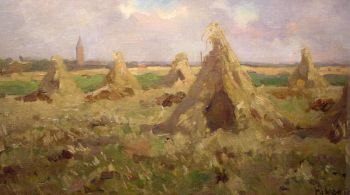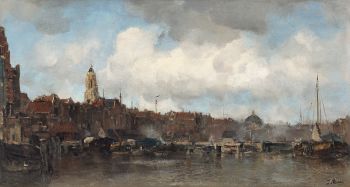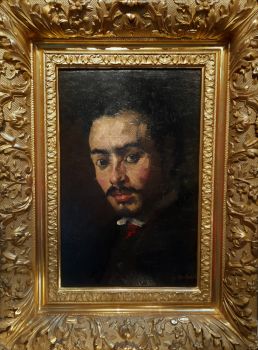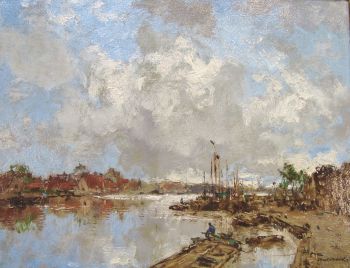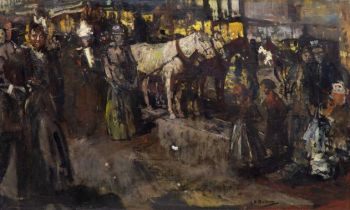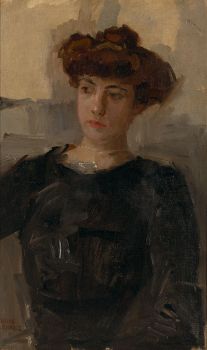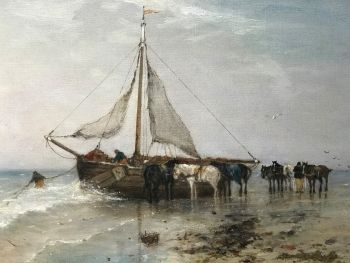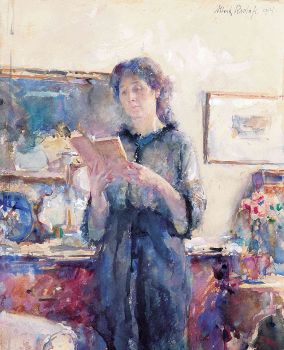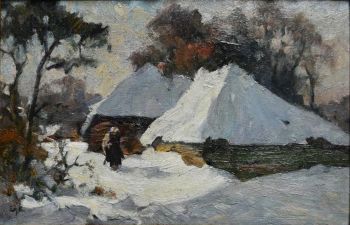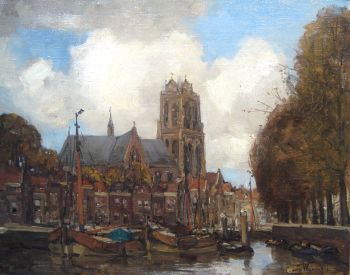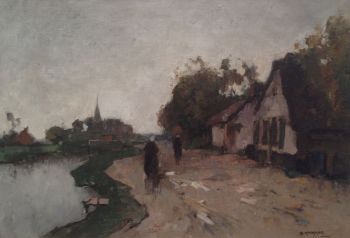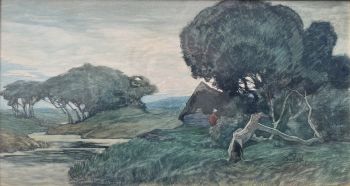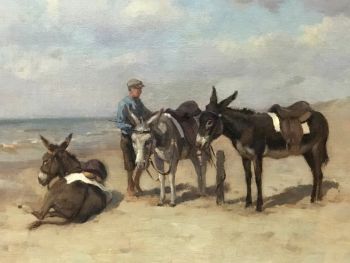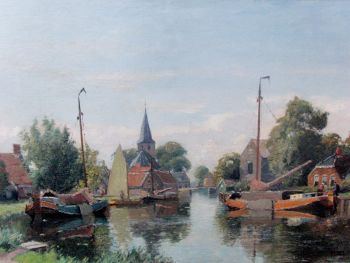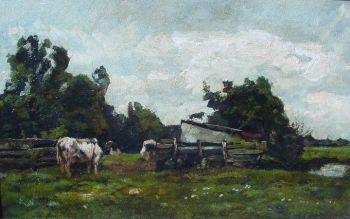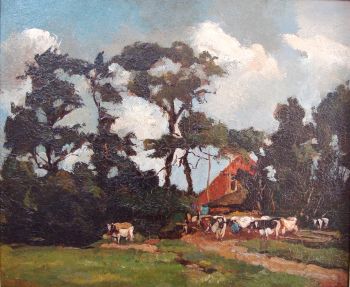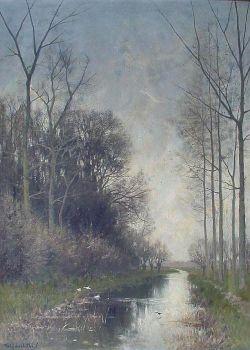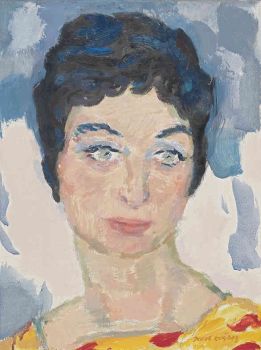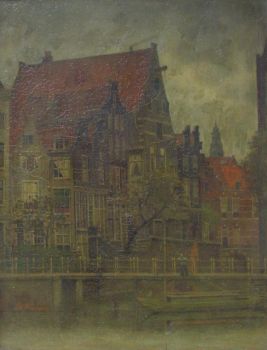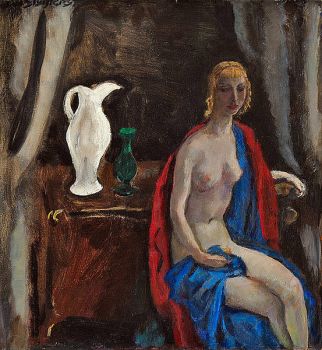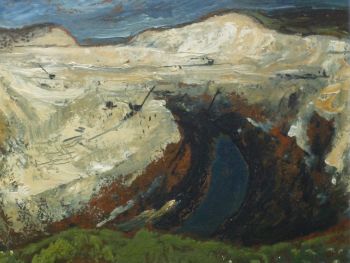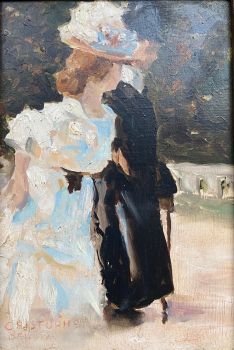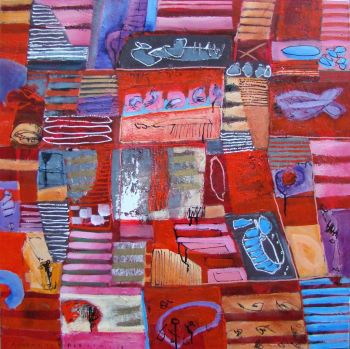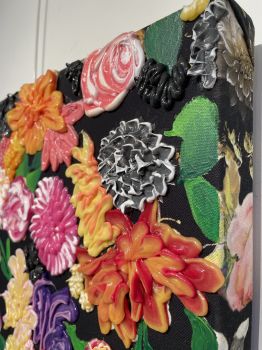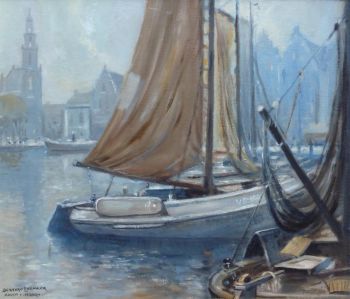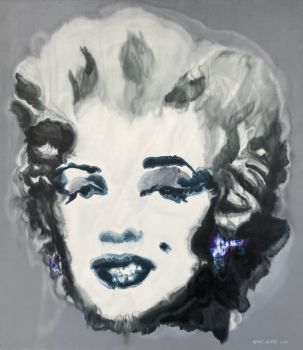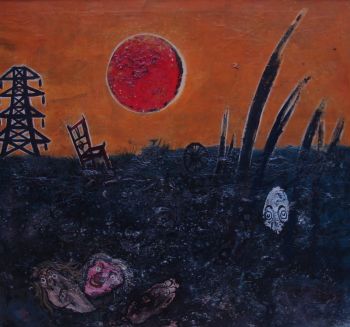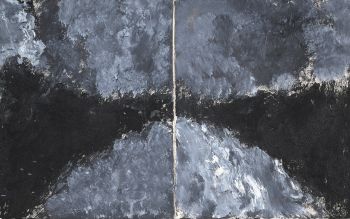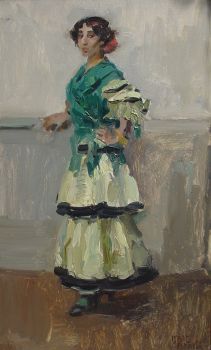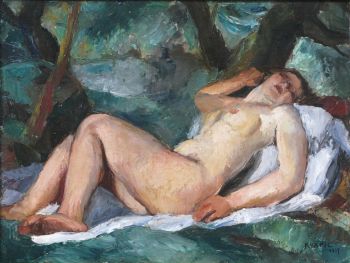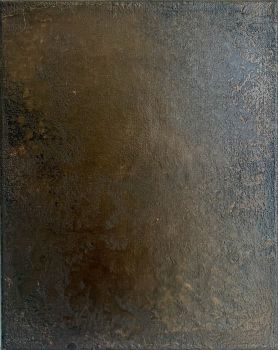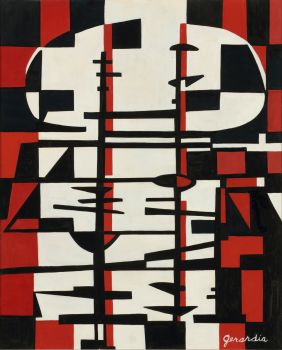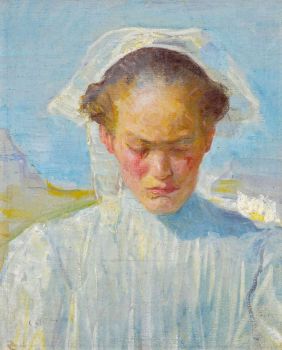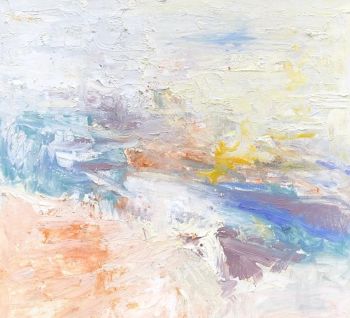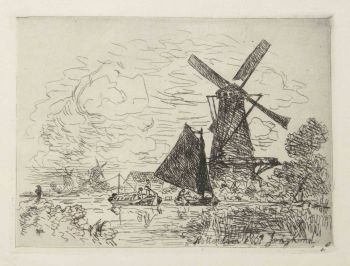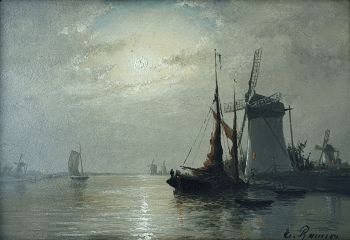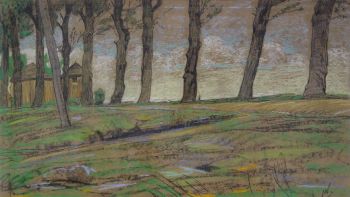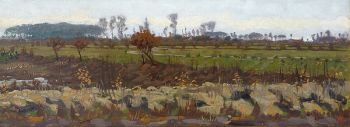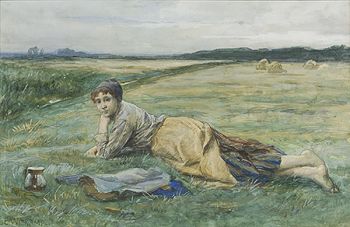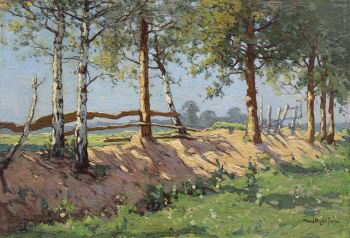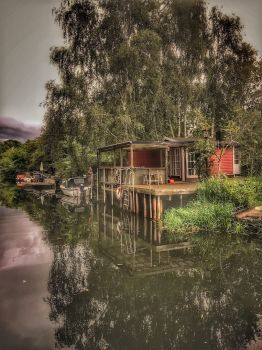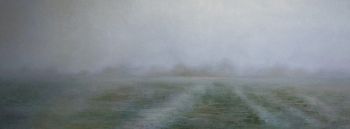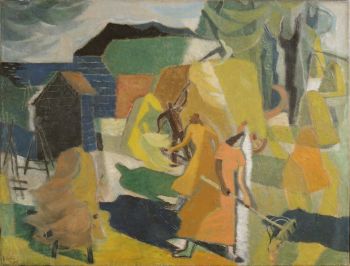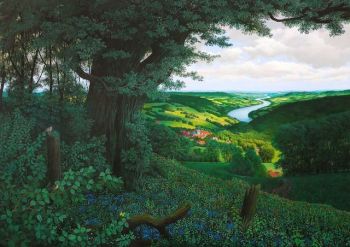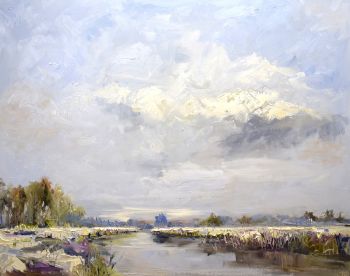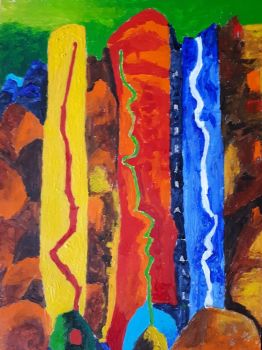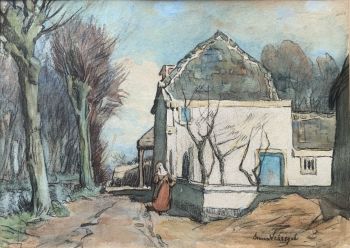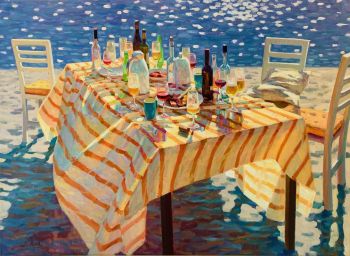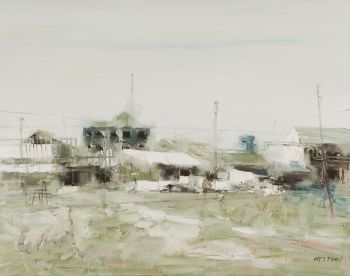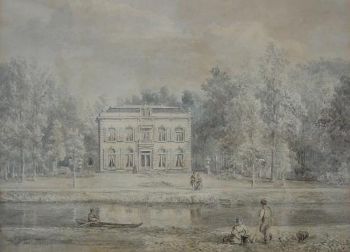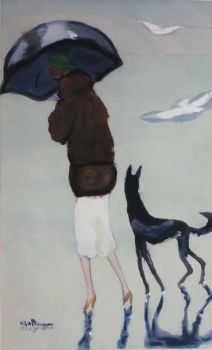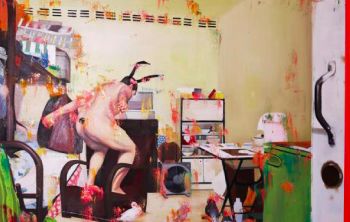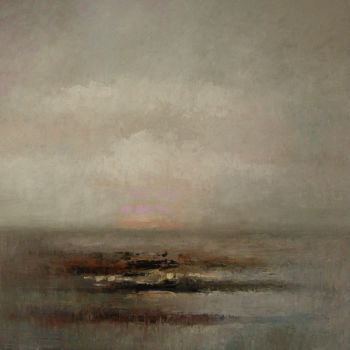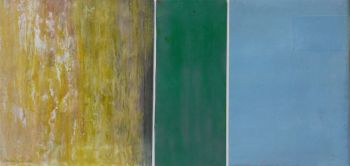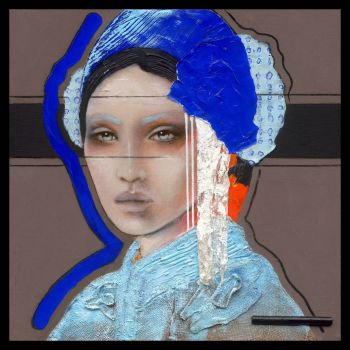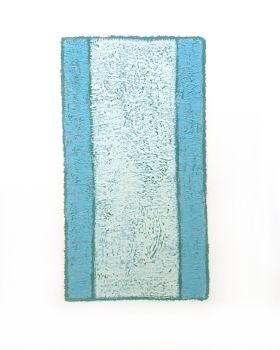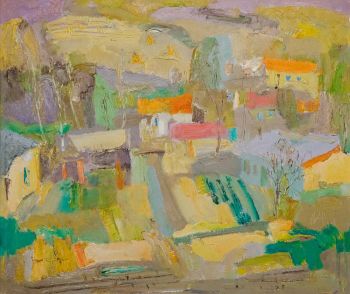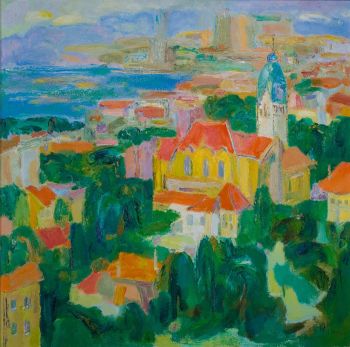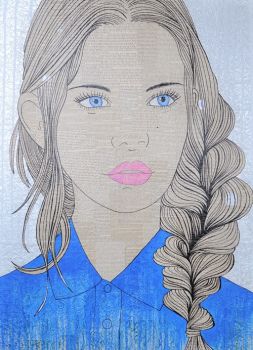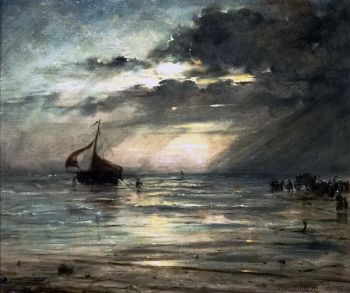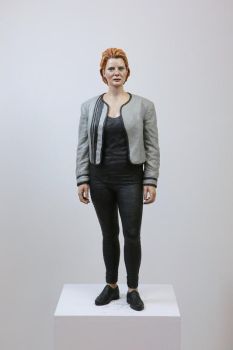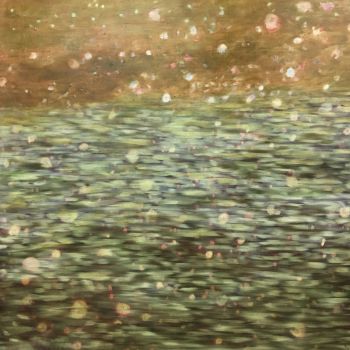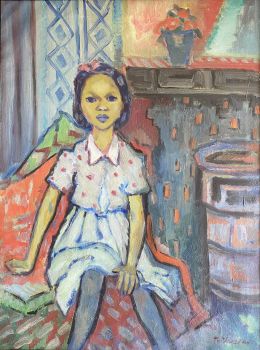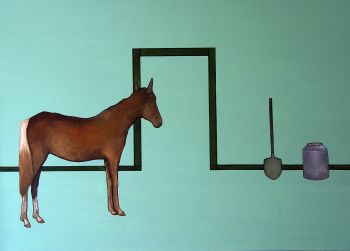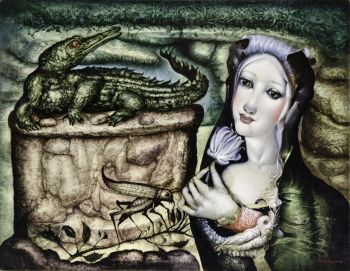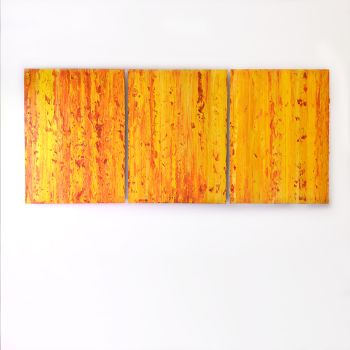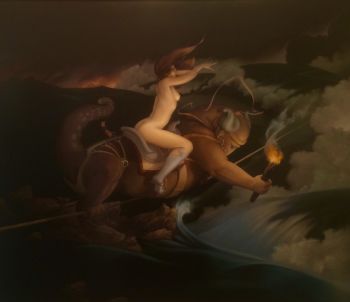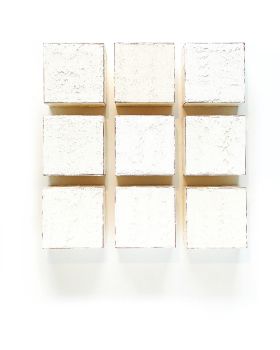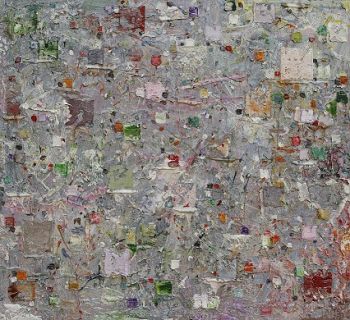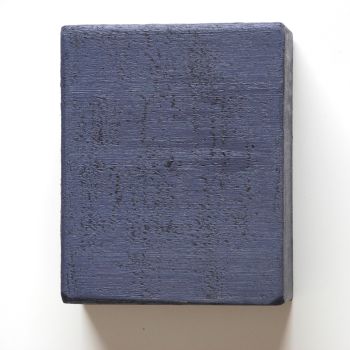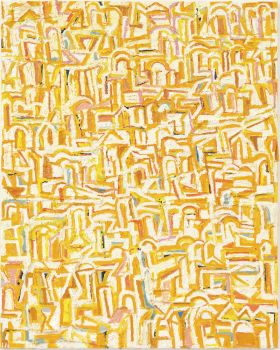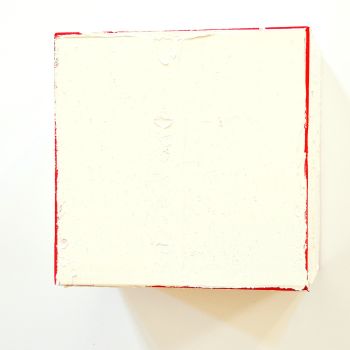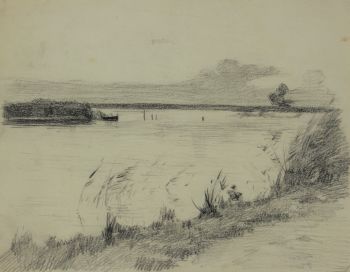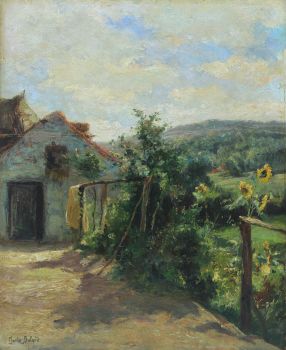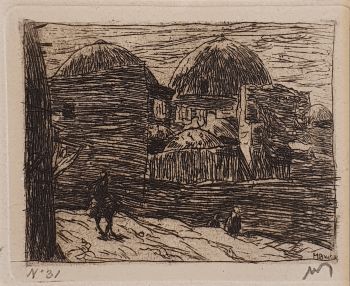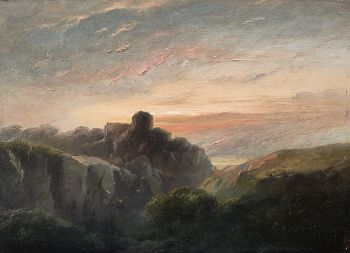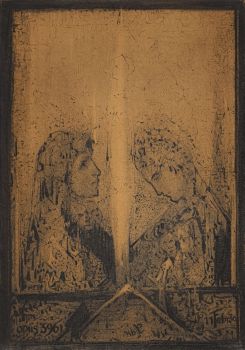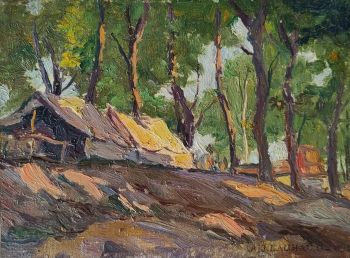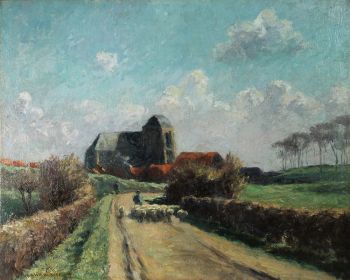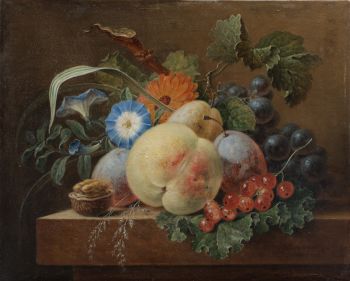Winter in Holland 1900 - 1910
Philippe Zilcken
LegnaTavolaPittura a olioDipingere
18.50 ⨯ 31 cm
ConditionExcellent
€ 2.750
Klooster Fine Art
- A proposito di opere d'arte[EN]
Philip Zilcken used an unusual palette to create the atmosphere for this winter view of the Dutch countryside. Winter in Holland may be the same painting that Zilcken showed in 1909 on the 79th international exhibition in the Museum of Modern Art in Rome, Italy. In the review of the exhibition in De Nieuwe Courant, on 10 April 1909, the reviewer remarked that out of all Dutch contributors, Zilcken was the only artist that proved of international cachet. The writer stated that ‘An old gate in Algiers’ and ‘Winter in Holland’ were painted in eccentric and atmospheric tones that draw much attention. By doing so, the reviewer wrote that Zilcken was the only Dutch artist standing out from the masses.
This landscape of the countryside show just those atmospheric tints the reviewer praised in Zilcken’s Winter in Holland. By having the warmly coloured sky reflected in the water stretching towards the closest windmill, Zilcken created a stark contrast with the snow on the fields. Two more windmills can be seen in the background. All three windmills have their sails in the short rest position. When millers weren’t expecting rain for a short while, the sails would be left in this position, resembling a big ‘+’ sign.
Especially in the sky, Zilcken used his typical, vivid brushstrokes, almost giving a sense of movement. This painting on board is signed ‘Ph Zilcken’ on the lower right.
[NL]
Philip Zilcken gebruikte voor dit Nederlands winterlandschap een ongebruikelijk palet om de juiste sfeer weer te geven. Mogelijk is Winter in Holland hetzelfde schilderij dat Zilcken toonde op de 70ste internationale tentoonstelling voor moderne kunst in Rome in 1909. In de tentoonstellingsrecensie in De Nieuwe Courant, op 10 april 1909, merkte de recensent op dat van alle Nederlandse inzendingen, Zilcken de enige met internationale allure was. De auteur stelde dat ‘Een oude poort in Algiers’ en ‘Winter in Holland’ in eccentrische en atmosferische tonen waren geschilderd, en zo veel aandacht trokken. Daardoor zou Zilcken als enige Nederlander zijn opgevallen in de massa.
Dit polderlandschap laat precies het soort atmosferische tonen zien die de recensent in Zilcken’s Winter in Holland prees. Door de warm gekleurde lucht in het water te laten reflecteren, legde Zilcken extra nadruk op het contrast met de sneeuw op de weilanden. Alle drie de windmolens hebben hun wieken in de korte ruststand staan. Wanneer molenaars een tijdje geen werk verwachtten, werden de wieken in deze stand gezet.
Met name in de lucht gebruikte Zilcken zijn kenmerkende, dynamische penseelstreken, die bijna beweging lijken te suggereren. Het schilderij werd op board gemaakt, en rechtsonder gesigneerd: ‘Ph Zilcken’. - A proposito di opere artistaCharles Louis Philippe Zilcken è stato un artista e scrittore olandese. Nacque a L'Aia nel 1857, luogo in cui si iscrisse per la prima volta alle lezioni di disegno anche durante i suoi studi al Gymnasium Haganum. Passò alla storia per la sua posizione di cofondatore della Dutch Etching Society e di editore del mensile Illustrated Journal di Elsevier, predecessore dell'Elsevier Journal, dal 1896 al 1905. Nel 1928 scrisse personalmente le sue memorie sotto il titolo tradotto come 'Memorie di un pittore olandese del XIX secolo'; principalmente un ricordo dei suoi viaggi e dell'interesse per i paesi nordafricani come l'Egitto. La sua attenzione per l'Oriente può essere rintracciata nei suoi dipinti a olio, pastelli e acqueforti quando si esamina il suo uso del design architettonico e l'individuo è noto per svolgere solo un ruolo di tipo subordinato. Un gran numero di opere disegnate sul posto e stampate con inchiostro rosso-bruno è sopravvissuto alla prova del tempo; questi sono spesso caratterizzati da un design abbozzato. Zilcken morì nell'anno 1930. Oggi il suo lavoro può essere ammirato in musei come il Rijksmuseum di Amsterdam.
Sei interessato ad acquistare questa opera d'arte?
Artwork details
Related artworks
Bernardus Johannes Blommers
Het bereiden van de maaltijd1870 - 1914
Prezzo su richiestaStudio 2000 Art Gallery
Isaac Israels
"Een essayeuse bij het modehuis Hirsch"1865 - 1934
Prezzo su richiestaStudio 2000 Art Gallery
Herman Bogman jr.
Flower still life of a nasturtium in a blue vase1950 - 1965
Prezzo su richiestaAdelwein Kunst
Aris Knikker
Riverview with a village (Kortenhoef, Netherlands)1887 - 1962
Prezzo su richiestaKunsthandel Pygmalion
Bernard Schregel
Landscape with a stream and a sheepfold 1890 - 1900
Prezzo su richiestaAdelwein Kunst
Willem Maris
Polderlandschap met koeien en molens op warme zomerdag1880 - 1890
Prezzo su richiestaPrivate Collection Classic Arts
Fredericus Jacobus van Rossum du Chattel
Poldervaart in the Vecht river region1899 - 1901
Prezzo su richiestaKunsthandel Pygmalion
1 - 4 / 24Bernard Leemker
'Volendammer vissersboten in de haven van Hoorn´20th century
Prezzo su richiestaGalerie Gabriëls
1 - 4 / 24Willem Maris
Polderlandschap met koeien en molens op warme zomerdag1880 - 1890
Prezzo su richiestaPrivate Collection Classic Arts
Aris Knikker
Riverview with a village (Kortenhoef, Netherlands)1887 - 1962
Prezzo su richiestaKunsthandel Pygmalion
1 - 4 / 24Rene Rietmeyer
"PORTRAIT OF TOMOJI OGAWA SEPTEMBER 1999"1999
Prezzo su richiestaEuropean Cultural Centre Collection
Rene Rietmeyer
''PORTRAIT OF JOSEPH KOSUTH - ROMA 2008''2008
Prezzo su richiestaEuropean Cultural Centre Collection
 A cura di
A cura diDanny Bree
1 - 4 / 24- 1 - 4 / 12

